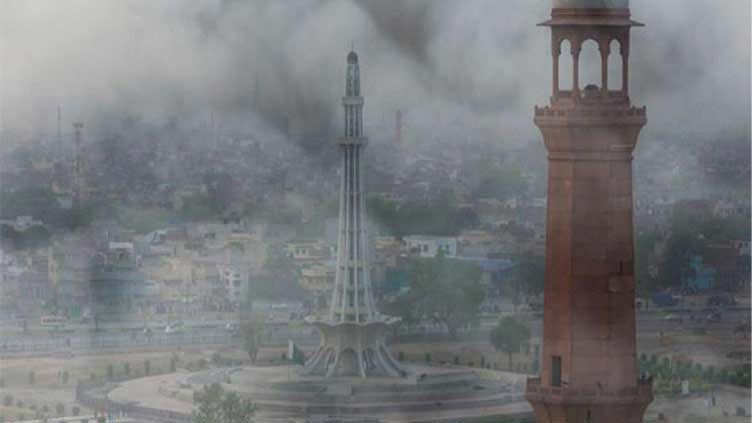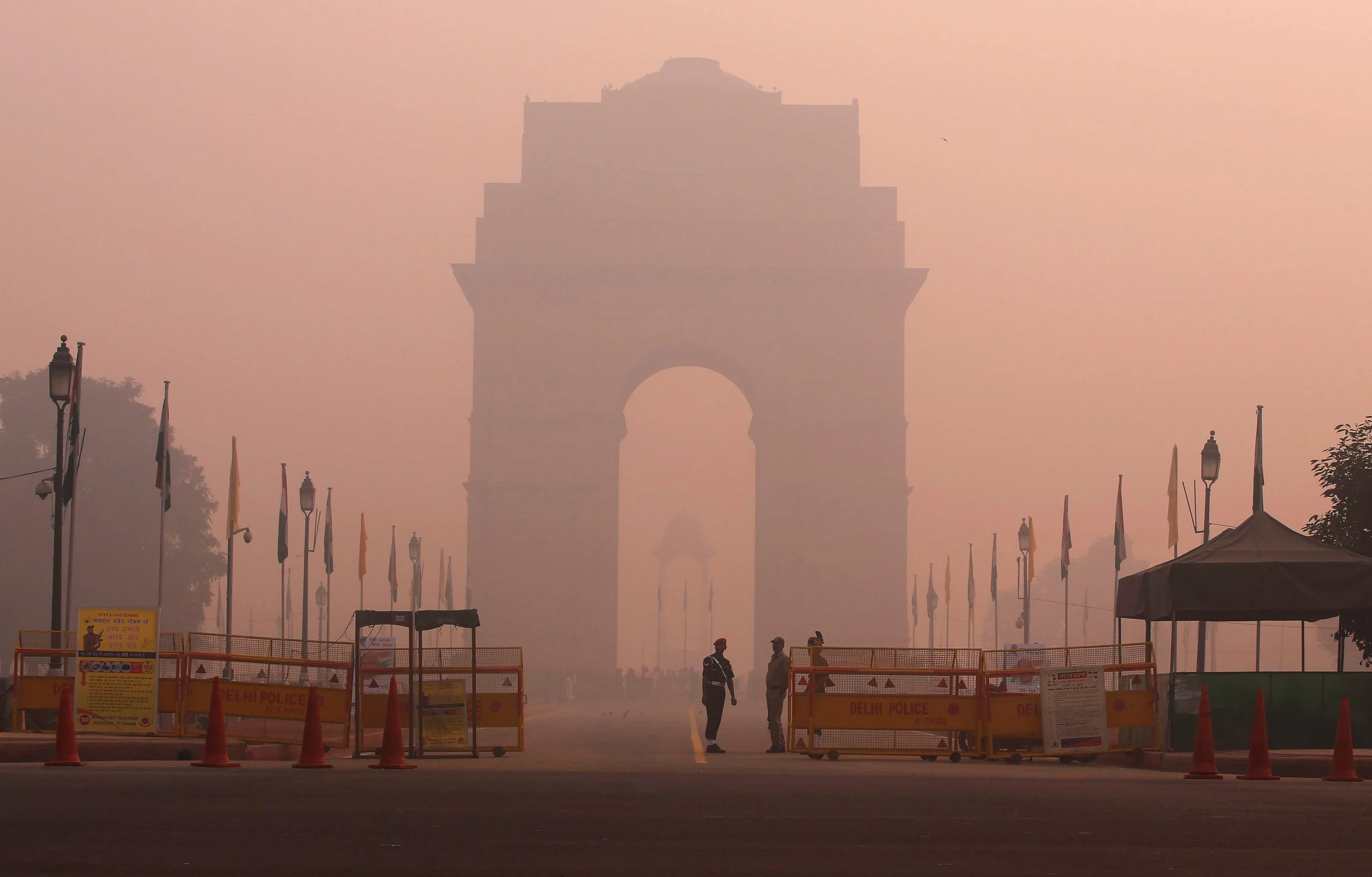Lahore and New Delhi, cities tied by culture and heritage, now face a worsening shared burden: hazardous air pollution during winter. Once regarded as the most polluted city globally, New Delhi now finds Lahore rapidly catching up in global pollution rankings, with both cities battling suffocating smog.
Delhi recently recorded an Air Quality Index (AQI) of 484 in the “severe plus” category, with PM2.5 levels exceeding WHO limits by over 130 times. Lahore, too, has faced similar conditions, forcing schools in both cities to shut down or extend vacations to protect children’s health.
The primary driver of this crisis is a mix of fog, emissions, and smoke from agricultural stubble burning in nearby regions. Satellite data showed over 1,300 farm fires across six Indian states in a single day, with stubble burning accounting for up to 40% of Delhi’s pollution. Combined with low wind speeds and cold air trapping pollutants, the smog has brought visibility down to as little as 100 meters in some areas.
Authorities have imposed measures such as halting construction, restricting vehicles, and moving school classes online in Delhi. However, these efforts provide limited relief as life continues under the haze. Iconic landmarks like India Gate remain hidden, and residents complain of burning eyes and choking air.
With dense fog expected to persist across northern India and Pakistan, including regions like Haryana, Uttar Pradesh, and Punjab, the smog crisis highlights the urgent need for sustainable solutions to prevent its yearly return.


